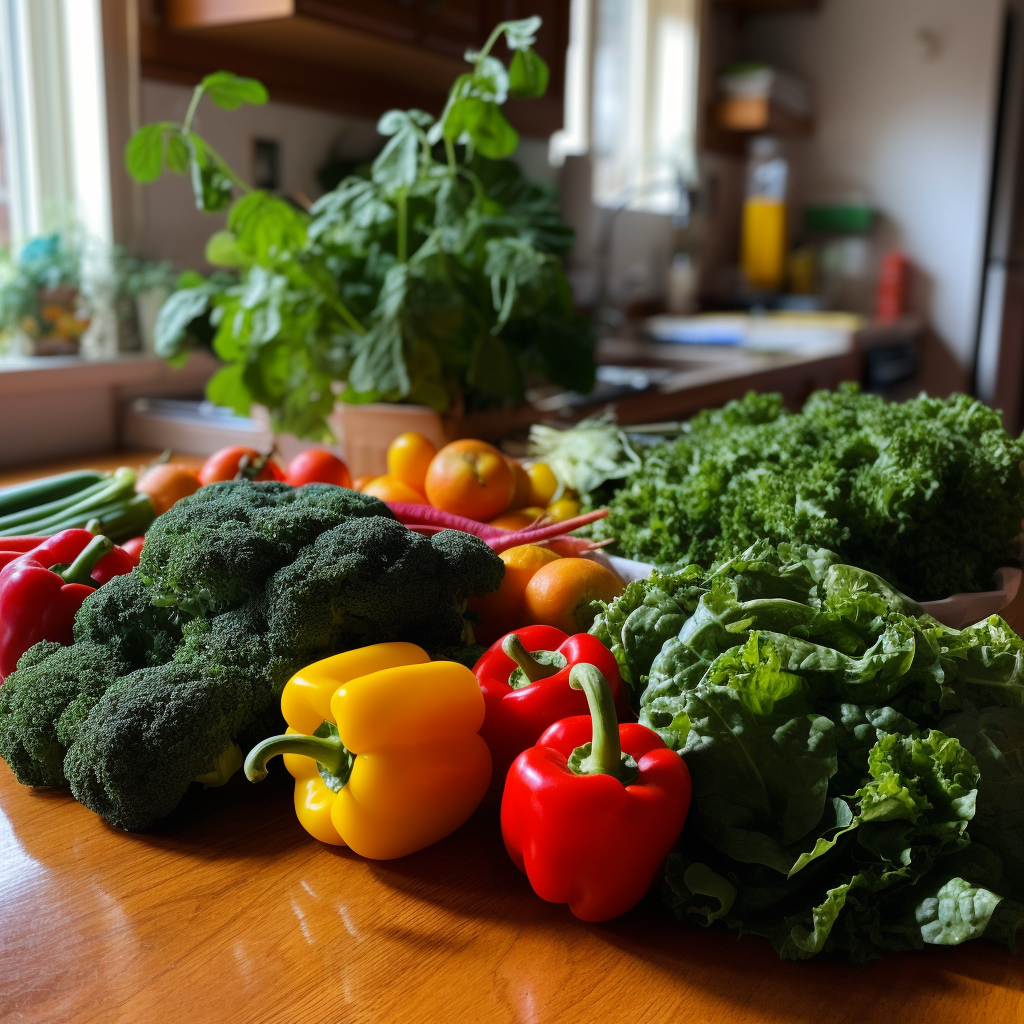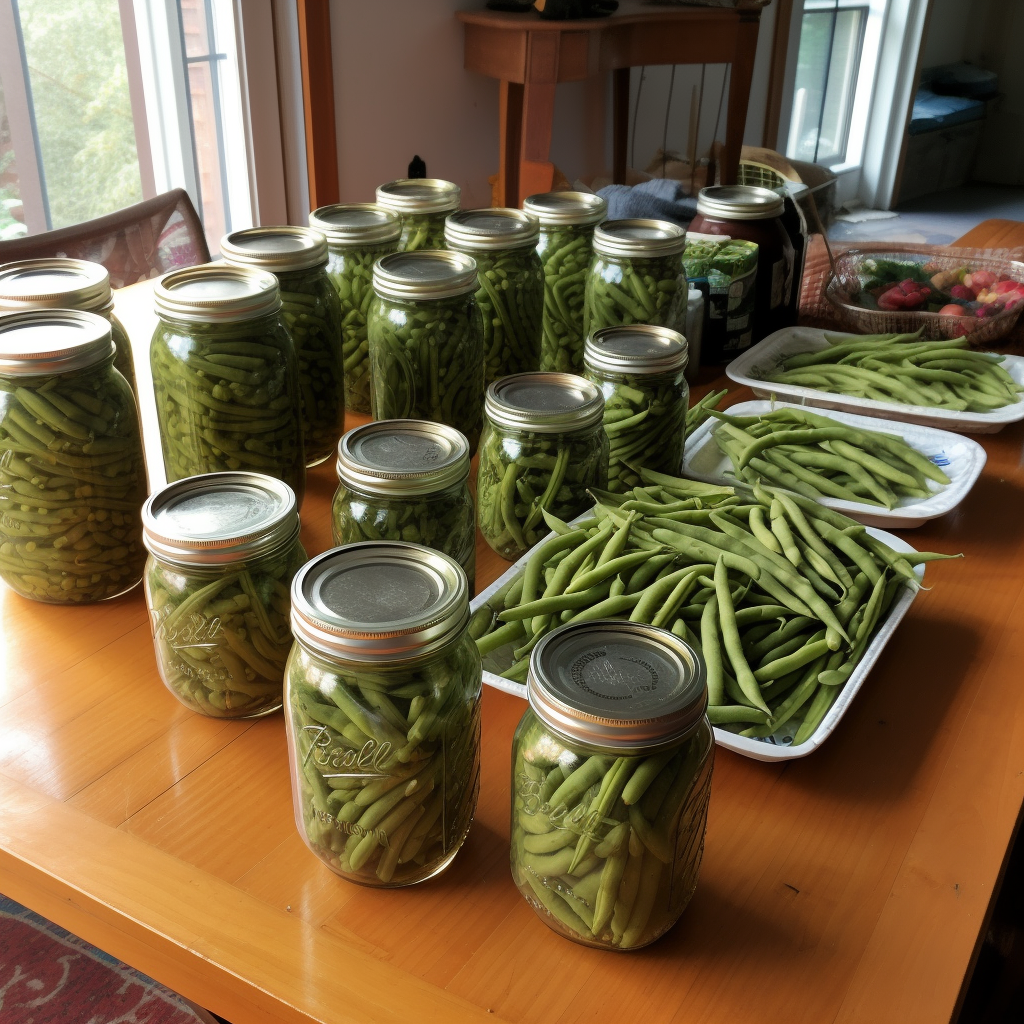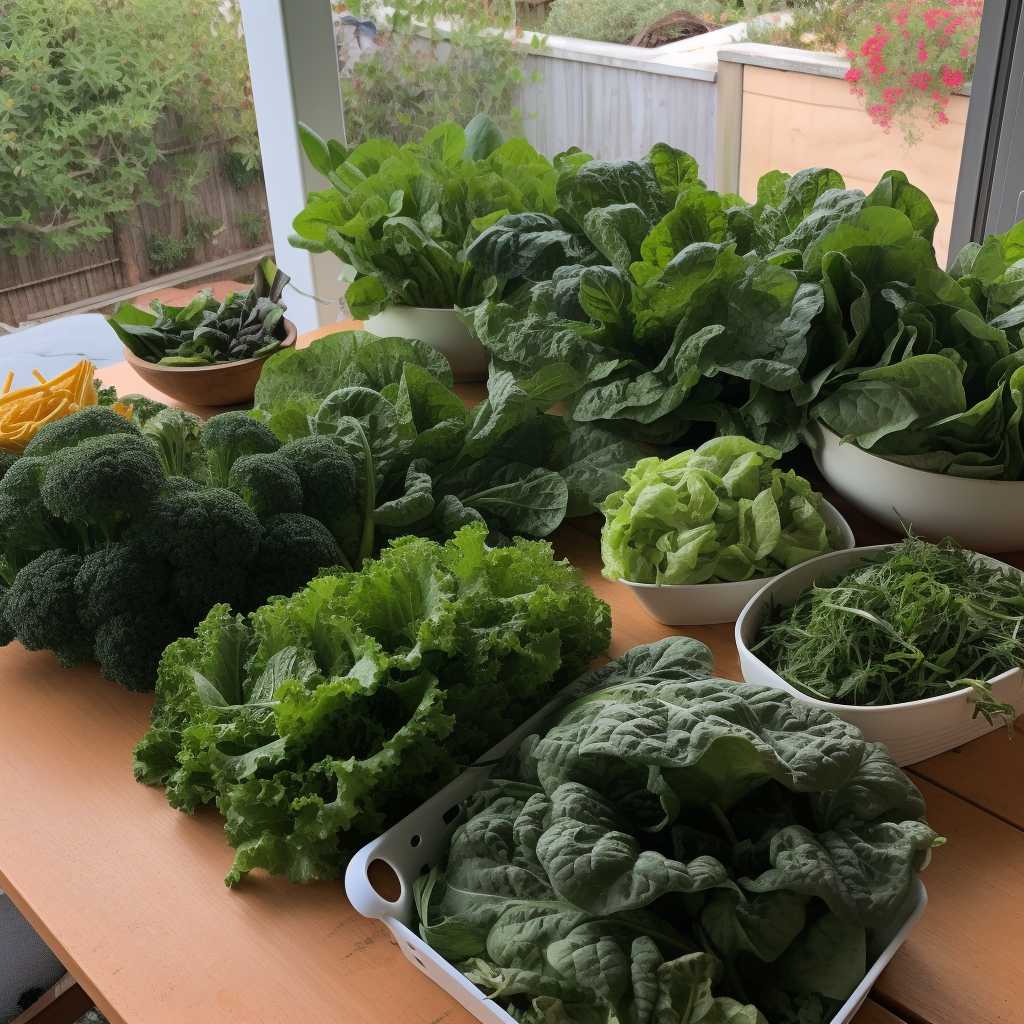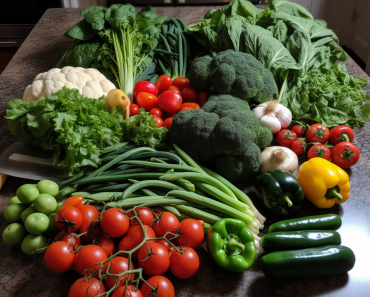Hello, fellow health enthusiasts! As someone living with diabetes, I’ve always been on the lookout for healthy and delicious diabetic vegetable options to include in my daily meals.
If you’re like me, you know that managing blood sugar levels is crucial for maintaining overall health and preventing complications.
That’s why I’ve embarked on this journey to discover the best vegetables for people with diabetes, and I’m eager to share my findings with you.
Not All Vegetables Are Created Equal
I soon discovered that vegetables vary in their nutritional impact. Certain vegetables, such as potatoes, corn, and peas, contain higher levels of carbohydrates and can lead to sudden surges in blood sugar levels.
Non-starchy vegetables like leafy greens, tomatoes, and bell peppers can help regulate blood sugar levels. Thanks to their lower glycemic index.

The American Diabetes Association (ADA) recommends focusing on non-starchy vegetables to control blood sugar levels.
Top vegetables for diabetes management are green leafy veggies, green beans, and Brussels sprouts. These veggies are low-carb and rich in vital nutrients like Vitamin C, essential for a healthy immune system.
Green Beans: A Diabetes Superstar

Green beans are one of my all-time favorites! They are low in calories and carbs, making them ideal for a diabetes-friendly diet.
Whether you prefer them fresh, frozen, or even canned green beans (without added salt), they provide numerous health benefits.
Green beans are a fiber-rich food that promotes digestive health. They also contain nutrients that are beneficial for the heart. Reducing harmful cholesterol and supporting heart health.
Brussels Sprouts: A Tasty Way to Regulate Blood Sugar

Brussels sprouts, another non-starchy vegetable, are not only low in carbs but also rich in Vitamin C and Vitamin E.
They provide a tasty way to regulate blood sugar and support overall health. I enjoy roasting them with a drizzle of olive oil to enhance their natural flavors.
Leafy Greens: Nutrient-Packed Powerhouses
Leafy fresh vegetables, such as spinach and kale, are also beneficial for people with diabetes.
They’re full of vitamins, minerals, and antioxidants that can improve insulin sensitivity and help manage diabetes more effectively.
I love adding spinach to my salads as they taste great raw. I also like blending it into a green juice for an extra boost of nutrients. Leafy greens are by far the best vegetables to include in your diet.

The Best and Worst of Starchy Vegetables
Now, let’s talk about the best and worst vegetables when it comes to starchy options. Sweet potatoes are a healthier alternative to regular potatoes, as they have a lower glycemic index and are packed with essential nutrients like Vitamin A and fiber.
Butternut squash, while slightly higher in carbs than some other non-starchy vegetables, is still a better choice compared to traditional starchy foods like white potatoes.
Building a Balanced Diabetes Meal Plan
When building a diabetes meal plan, it’s crucial to consider the nutritional value of your food choices. A well-balanced diet should include whole grains, lean proteins, and plenty of low GI vegetables to help manage diabetes and maintain a healthy weight.
Preparation Matters: Get the Most Out of Your Veggies
One surprising discovery I made on my journey is that the way you prepare your vegetables can impact their blood sugar effects. For example, it’s better to eat raw vegetables or steam them rather than boiling, as this can cause them to lose some of their valuable nutrients.
Also, be cautious with vegetable juice; while it may seem like a healthy option, it can contain high amounts of natural sugars and lack the fiber found in whole vegetables. If you are looking for fibers I would recommend smoothies. But the sugars are still a concern.
Conclusion
Incorporating vegetables like: green beans, Brussel sprouts, and leafy greens into your diet can help regulate blood sugar levels, support heart health, and promote overall well-being.
By choosing non-starchy vegetables, limiting starchy foods, and being mindful of preparation methods, you can create a delicious and nutritious meal plan that supports your diabetes management journey.
Remember that each person’s dietary needs may vary, so it’s essential to consult with a healthcare professional or registered dietitian when making significant changes to your diabetes diet plan.
By sharing my experience and findings, I hope to inspire you to make healthier choices and enjoy the many benefits of eating vegetables in your everyday life.
So, get creative with your meal planning and find joy in exploring the fantastic world of vegetables that are not only delicious but also diabetes-friendly.
Together, let’s embark on this journey to better health and improved diabetes management. Happy eating!

